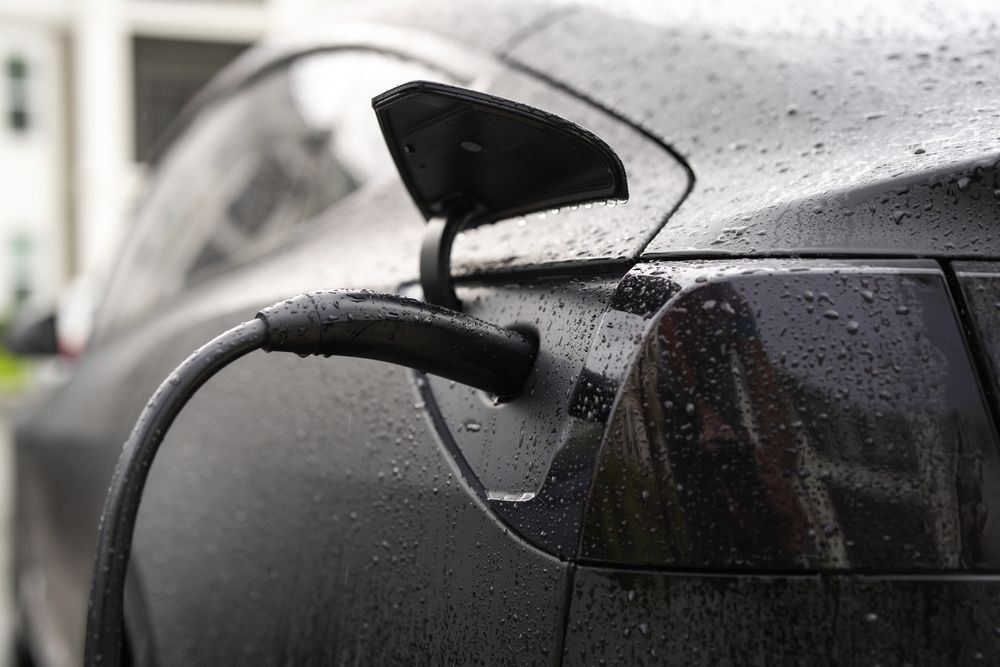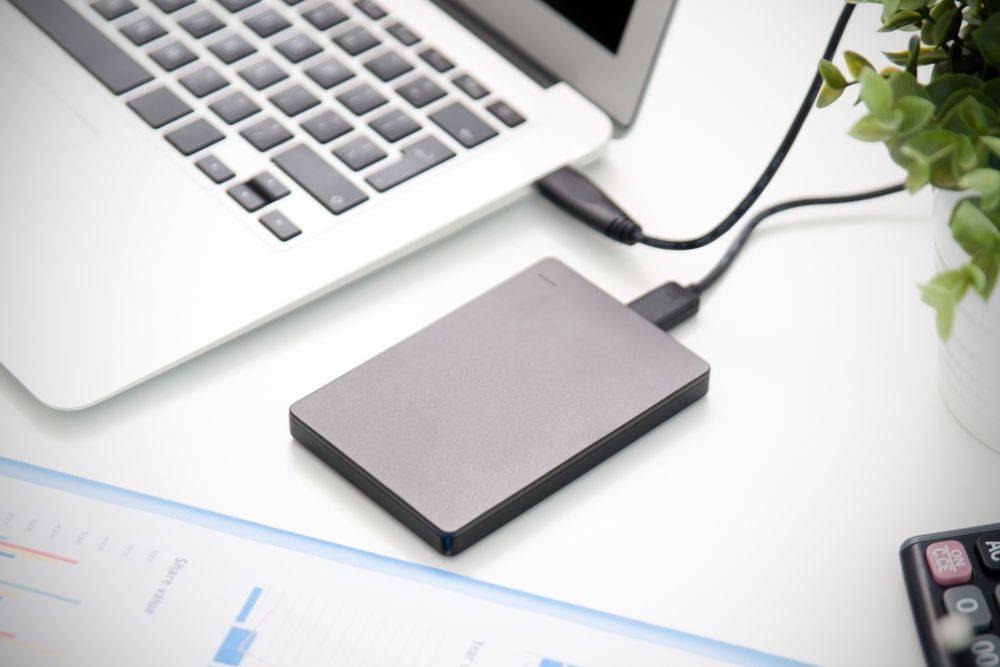Data overage charges are one of the most frustrating and unnecessary expenses on a phone bill. You think you’ve stayed within your plan, then suddenly—boom—your carrier notifies you that you’ve exceeded your data limit, and your bill jumps by $10, $20, or even more. The truth is, most people don’t realize how much data their apps consume in the background or how easy it is to optimize their settings to avoid these charges entirely.
Whether you have a limited data plan or simply want to save money each month, reducing mobile data usage is easier than it seems. With a few smart habits, you can stay connected, enjoy your apps, and never worry about hitting your data cap again. Here’s exactly how to do it.
Start by Checking Which Apps Use the Most Data
Before you try to reduce anything, you need to know the source of the problem. Every phone has a built-in data usage tracker that shows which apps are consuming the most data.
Common data-hungry apps include:
-
Social media (especially TikTok, Instagram, Facebook)
-
Video streaming platforms
-
GPS and navigation apps
-
Cloud backup apps
-
Email apps constantly syncing
-
Video calling apps
Once you know the biggest culprits, you can target those apps first. Most people are surprised to learn that social media apps alone often use more data than streaming videos, because auto-play and high-quality images load constantly in the background.
Turn Off Background App Data
Background data is one of the main causes of unexpected data drain. Even when you're not using an app, it may be refreshing feeds, sending notifications, syncing files, or updating content.
To reduce this:
-
Disable background data for apps you don't need constantly updated
-
Set email or cloud apps to sync manually instead of automatically
-
Turn off notifications for apps that frequently use data
This one step alone can cut your monthly data usage in half without affecting how you use your phone.
Use Wi-Fi for Streaming Whenever Possible
Streaming video and music are two of the biggest data consumers on any device. Just one hour of HD video streaming can burn through more than 1 GB of data.
To stop data drains:
-
Download shows and music for offline use while on Wi-Fi
-
Watch streaming content only when connected to Wi-Fi
-
Lower video resolution on apps like YouTube or Netflix
-
Turn off autoplay on streaming platforms
If you’re in the habit of watching videos during your commute or break time, downloading content in advance ensures you won’t burn through your data plan unexpectedly.
Enable Data Saver Mode on Your Phone
Modern smartphones come with built-in “data saver” modes that automatically reduce how much data your apps use.
Data saver modes typically:
-
Block background data
-
Reduce image and video quality
-
Stop apps from automatically refreshing
-
Prioritize essential data only
Turning on this feature creates a baseline of protection that keeps your data from draining when you're not paying attention.
Reduce Social Media Data Usage
Social media apps are some of the biggest data hogs because they automatically load photos, videos, stories, and ads. But you don’t have to delete them to lower your usage—you just need to adjust a few settings.
Try these simple changes:
-
Turn off auto-play videos
-
Use “data saver” features inside each social media app
-
Disable high-resolution uploads and downloads
-
Switch to Wi-Fi before posting videos, reels, or stories
These adjustments help you enjoy social media without draining your entire data allowance.
Use Wi-Fi Calling and Messaging Whenever Possible
If your phone supports Wi-Fi calling, you can make calls and send texts using your Wi-Fi network instead of your mobile data.
This helps in two ways:
-
You reduce the amount of data your phone uses
-
You get clearer calls in areas with weak cellular signal
Messaging apps like WhatsApp, Messenger, and iMessage also work smoothly over Wi-Fi, allowing you to stay connected without touching your data plan.
Download Maps and Navigation Routes Ahead of Time
Navigation apps like Google Maps and Waze use a significant amount of data while guiding you to your destination. If you use GPS frequently, downloading maps before you leave home or work can dramatically reduce your data usage.
Offline maps allow you to:
-
Navigate without using data
-
Save battery life
-
Avoid signal issues in rural or remote areas
This is particularly helpful for road trips or areas with spotty cell coverage.
Turn Off Cloud Backup Over Mobile Data
Cloud storage apps often upload photos and files in the background without you realizing it. This can consume hundreds of megabytes—or even gigabytes—of data each month.
To prevent this:
-
Turn off “backup using cellular data”
-
Set photos and videos to upload via Wi-Fi only
-
Disable automatic sync for large files
Your phone will still back up everything—it will just wait until you’re connected to Wi-Fi, keeping your data usage under control.
Limit App Updates to Wi-Fi Only
Automatic app updates can easily use up large amounts of data, especially if multiple apps update on the same day.
Set your phone to update apps only when connected to Wi-Fi. This ensures your apps stay current without affecting your mobile data usage.
Use Offline Modes Whenever Available
Many popular apps offer offline modes that allow you to use the app without connecting to the internet. These modes are ideal for:
-
Music apps
-
Fitness apps
-
Navigation tools
-
Reading apps
-
Learning platforms
-
Podcasts
Downloading content in advance is one of the simplest ways to avoid overage charges.
Disable Hotspot Use Unless Absolutely Necessary
Personal hotspots are convenient, but they also drain your data incredibly quickly—especially if you use them for streaming, gaming, or downloading files.
If you must use a hotspot:
-
Limit your connection time
-
Lower video quality
-
Turn off auto-updates on the connected device
-
Never use hotspot browsing for streaming or large downloads
Keeping hotspot usage minimal can help you stay safely within your plan’s limit.
Switch to Messaging and Calling Apps That Use Less Data
Some apps are simply more data-efficient than others. If you need to communicate frequently, consider using apps known for low data usage for calls, voice messages, and texts.
Even switching from video calling to audio calling can save dozens of megabytes per hour.
Use Browser Reader Modes to Reduce Media Loading
Many news and blog sites contain heavy ads, images, and auto-play elements. Using your browser’s reader mode helps you:
-
Load text only
-
Avoid auto-playing videos
-
Reduce page size significantly
This can drastically reduce data usage if you browse the web frequently on mobile data.
Monitor Your Data Throughout the Month
Make it a habit to check your data every few days. If you see your usage creeping up faster than usual, you can adjust before reaching your limit.
Set warnings at:
-
50%
-
75%
-
90%
This keeps you aware and prevents accidental overages.
Reducing your data usage doesn’t mean giving up your favorite apps or changing your entire routine. Small, strategic adjustments—like turning off auto-play, downloading content over Wi-Fi, limiting background data, and using offline features—can significantly cut your monthly data consumption and help you avoid overage charges completely.
By being more intentional with how your phone uses data, you gain full control over your bill. And once you understand how your apps behave, you’ll avoid costly surprises, stay within your plan, and enjoy a smoother, more budget-friendly digital experience every month.




